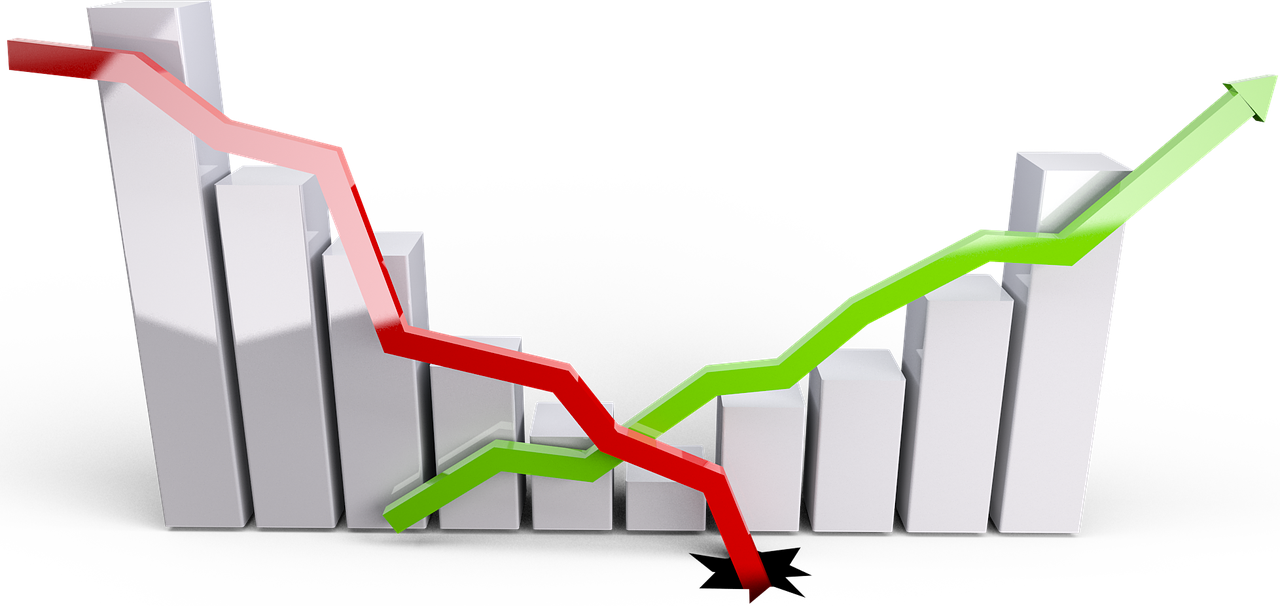The US stock market has been on a roaring rally for the past few months, but it seems like the bulls are taking a break this week. Stocks fell after some major companies posted weak earnings reports, with technology and healthcare stocks leading the way lower. However, despite this breather in the markets, economic data continues to point to a strong recovery. In this blog post, we’ll take a closer look at what happened in the markets this week and why analysts remain bullish on its prospects for growth.
Stocks fall after weak earnings reports from major companies
This week saw a dip in the US stock market after several major companies reported weak earnings. Among them were tech giants such as Apple and Facebook, whose shares fell by around 3% each. Healthcare stocks also took a hit, with Johnson & Johnson’s shares dropping by almost 2%.
It wasn’t just individual companies that suffered, though – indices across the board experienced declines. The S&P 500 was down by roughly 0.7%, while the Dow Jones Industrial Average dropped about 0.8%. The Nasdaq Composite fared slightly better but still ended down around half a percent.
Analysts had expected some pullback in the markets after their strong performance over the past few months, but this week’s drop was sharper than anticipated. Some experts suggest that it could be due to concerns around rising inflation and its potential impact on economic growth.
It seems like investors are taking a cautious approach to the markets at present, with many waiting to see how things play out before making any big moves one way or another.
Technology and healthcare stocks lead the way lower
Technology and healthcare stocks took a hit in the US stock market as investors reacted to mixed earnings news. The Nasdaq Composite fell by 1.9%, while the S&P 500 slipped by 0.7%.
Leading technology companies like Apple, Microsoft, and Facebook reported weaker than expected earnings results which triggered a selloff of their stocks. Meanwhile, healthcare giants such as Johnson & Johnson also missed analysts’ expectations.
The decline in these sectors reflects concerns about overvaluation and uncertainty around future growth prospects amid rising inflation fears. Additionally, with many countries grappling with an uptick in COVID-19 cases due to new variants of the virus emerging, there is growing concern that global supply chains could be disrupted again.
Despite this setback for tech and healthcare companies, other sectors like energy and financials have been showing strength recently. Analysts remain optimistic about the overall outlook for the market despite some short-term volatility caused by individual company reports.
Investors should keep a close eye on how economic data continues to perform going forward as it will likely influence how different segments of the stock market perform in the coming months.
Economic data continues to point to a strong recovery
The US economy has shown remarkable signs of recovery in recent months. Economic data continues to indicate a strong rebound from the pandemic-induced recession. Consumer spending has increased, and job creation is on the rise.
The latest figures show that GDP grew at an annual rate of 6.4% in the first quarter of this year, fueled by government stimulus measures and vaccination progress. This indicates that businesses are reopening, hiring is picking up pace, and economic activity is returning to pre-pandemic levels.
Moreover, unemployment claims have dropped significantly as more people return to work after losing their jobs during the pandemic. The labor market has also witnessed a surge in demand for workers across various sectors such as manufacturing, construction and hospitality.
Inflationary pressures remain moderate despite concerns about rising prices for goods and services due to supply chain disruptions caused by the pandemic. Additionally, low-interest rates continue to provide support for consumer spending and business investment.
There is optimism among economists that economic growth will accelerate further over the coming months as vaccinations proceed at full speed and consumers become more confident about their financial prospects.
Analysts remain bullish on the market’s prospects
Despite the recent dip in the US stock market, analysts remain optimistic about its long-term prospects. Many believe that this pullback is simply a natural correction after months of impressive gains. In fact, some view it as a buying opportunity for investors looking to get into the market at a slightly lower price point.
One reason why analysts are bullish on the market’s prospects is because economic data continues to suggest strong growth in both GDP and employment numbers. This positive momentum may help offset any negative impacts from weaker earnings reports from individual companies.
Additionally, many experts see potential for continued growth in specific sectors such as technology and healthcare. These industries have been major drivers of stock market gains over the past year and show no signs of slowing down anytime soon.
Of course, there are always risks associated with investing in stocks, especially during times of volatility. However, by staying informed and keeping an eye on key economic indicators, investors can make informed decisions about how to navigate these ups and downs in order to maximize their returns over time.
Conclusion
While the recent mixed earnings news has caused a temporary pullback in the US stock market, economic data continues to suggest a strong recovery. Analysts remain optimistic about the market’s long-term prospects and view this dip as an opportunity for investors to buy into quality companies at more attractive prices.
As always, it’s important for investors to keep their eyes on the big picture and not get too caught up in short-term fluctuations. By investing with a long-term perspective and focusing on diversification across various sectors and asset classes, investors can help mitigate risks while still taking advantage of potential growth opportunities in today’s dynamic markets.










